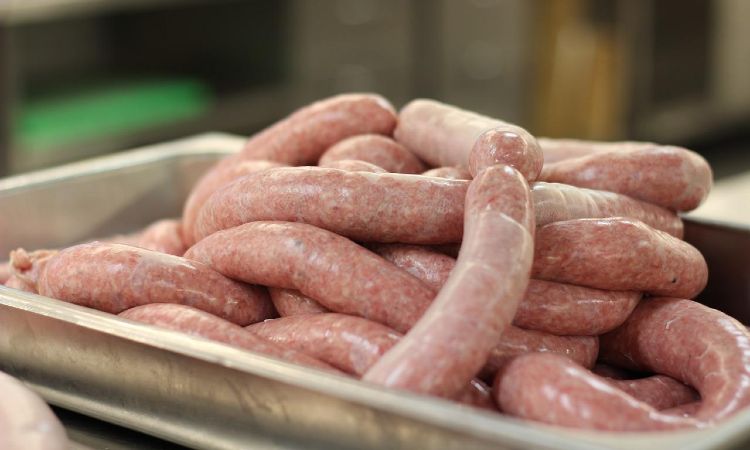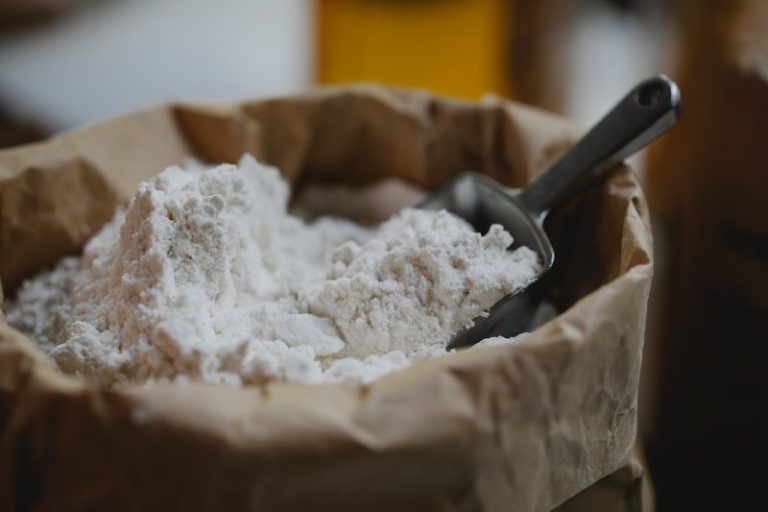An Evening at The Belfast Cookery School
‘Regardless of what a recipe says you should please yourself. Cooking should be about what you like, what tastes good to you and not a cupboard full of crazy stuff, mad ingredients you used once in 1997,’explained Wayne Carville, Head Chef of the Mourne Seafood Bar and our tutor in its classroom at the Belfast Cookery School.
Fifteen other students and I were there to take part in a Summer Dinner Party Cookery Class. Our menu for the evening was roasted beetroot, radish and goat’s cheese salad, followed by pan fried chicken with Tuscan potatoes and to finish chocolate mousse with mint and orange.
Wayne’s central message throughout the evening was simple and direct:
‘Eat what you enjoy, cook what you like, serve food that excites you, and don’t worry about anyone else. If you like the menu you are cooking, source excellent local and seasonal ingredients and you think it tastes really good then your guests will enjoy the dinner too.”
His relaxed manner, sense of humour and ability to answer questions without typical “cheffy curtness” inspired confidence in his students. A natural teacher, he easily held the attention of a class of sixteen during the whole three hour event, giving the impression that he had been teaching his entire life. Surprisingly this was not the case.
‘My teaching career started by baptism of fire’ Wayne told us.
Although he has been cooking professionally since he was seventeen years old, throughout Europe, Scandinavia and the USA, it wasn’t until his boss at the Mourne Seafood Bar told him, with only a few hours’ notice, that he was doing a cookery demonstration for 800 people, in Belfast’s Kings Hall, that he first taught anyone. Shortly after this his boss had this to say to him,
‘Wayne, how did you like cooking at the King’s Hall demonstration? You enjoyed it? Well that’s good to hear, because you are also going to Kilkeel to launch and teach at the new Mourne Seafood Cookery School.’
Kilkeel is a thriving fishing town at the foot of the Mourne Mountains in County Down about 70 miles from Belfast. The school opened to great acclaim, and it wasn’t long before demand meant the business moved into central Belfast.
Located at the top of a few flights of stairs, in a building in the heart of the city, the school is situated in a white tiled L -shaped room, with pine workbenches and a communal dining area. The school’s kitchen instantly feels relaxing, almost as if it is in someone’s house, which calms those with frayed nerves, who are worrying about cooking in front of other people in a showpiece kitchen.
My favourite dish of the evening was the beetroot and goats cheese salad. Its use of simple, local ingredients in a fresh and flavoursome way makes for a versatile dish. I have since made this recipe several times, as it works equally well as a main course and is a delicious accompaniment to a barbeque. The leftovers also work very well in a bread wrap for lunch the following day.
The salad was dressed with a local rapeseed oil grown, called Broighter Gold, pressed in Limavady, County Londonderry. It has a vivid golden hue and tastes light, leaving a glossiness to the salad it dresses. Wayne explained that rapeseed oil has half the saturated fats of olive oil and three teaspoons per week is the equivalent of 300g of fresh mackerel, making it virtually a “superfood”.
Scattering paper thin slices of bright pink radishes across a bed of baby salad leaves, Wayne suggested alternatives to using goats cheese for those that do not like it.
‘Recipes are there as a guide only, use your instinct, play to your tastes, take away any ingredients that don’t work for you, add ingredients that you have in your fridge. Instead of goats cheese I would suggest fresh mackerel, or maybe toasted walnuts. I love to add crispy onions from the Asian supermarket, I am using them in everything at the moment.’
Slicing up sugarsnap peas Wayne practiced what he preached.
‘These peas weren’t in the original recipe, but I found them in the fridge as I was preparing for tonight’s class and thought they would make a welcome addition to the salad, adding some sweet crunch to sit beside the radishes peppery bite.’
When Wayne has finished, the students’ forks descended into his salad, and then we headed off to our own stations to prepare the recipes. As background music began playing in the background, Wayne and his assistant wandered round the cooking stations showing students techniques and answering questions. They showed us how to crush a clove of garlic using salt and the back of a knife on a wooden board and how to season food perfectly as it cooked. The room was full of ‘Belfast Banter’. A notable difference of this cookery school is that everyone cooks each dish themselves, at their own work station and there is no sharing of frying pans or utensils. The layout of the workbenches with four people spread around them means there is plenty of interaction between the students.
Ingredients are laid out practically on trays rather than endless ramekins, which makes the actual cookery easier to imagine back at home, so that washing-up can be kept at a minimum.
After making the salad, the class sit at tables to eat and enjoy a glass of wine or two. I learn that one lady, Margaret, is here on her twelfth visit, and another student has never cooked before in their life.
We work our way through recipes for pan fried Chicken with Tuscan potatoes, followed by the chocolate mousse with mint and orange after Wayne’s demonstrations, eating the results of our labours between courses, with a glass of wine.
We left the Belfast Cookery School definitely feeling more empowered and confident of cooking. Although seemingly difficult, our recipes turned out to be perfectly achievable – trusting our own instincts was definitely key.
Further Information
The Belfast Cookery School: www.thebelfastcookeryschool.com
Follow on Twitter: @belfastcookery
Follow Wayne Carville on Twitter: @seafoodcook


